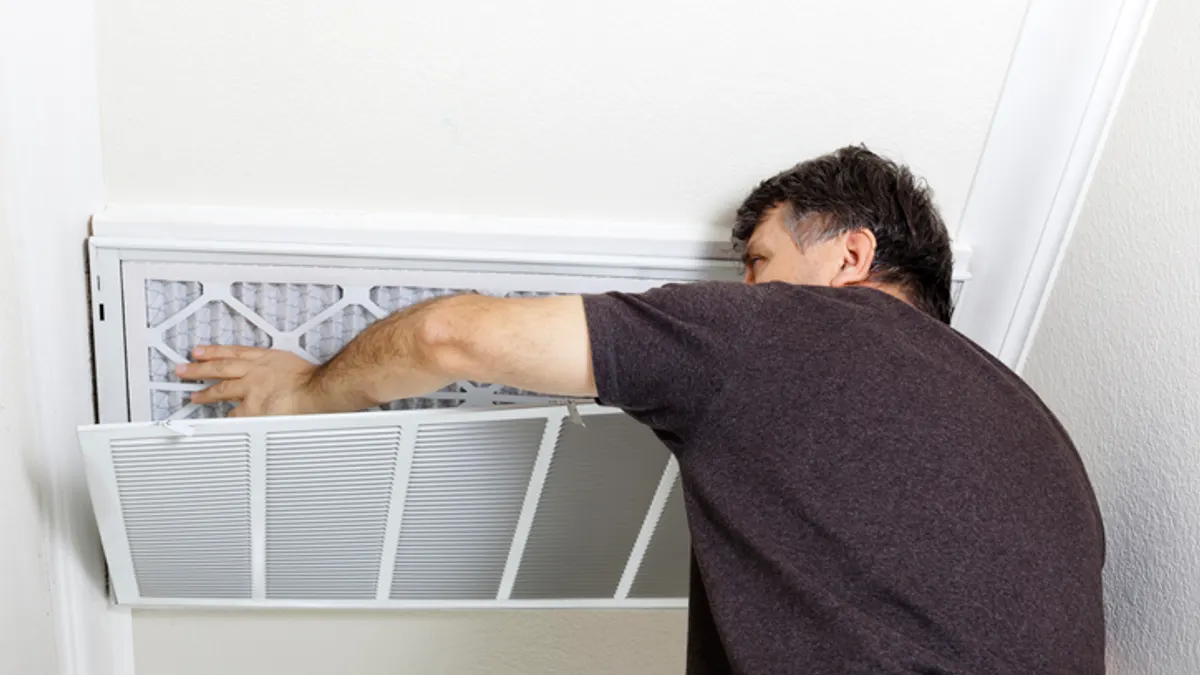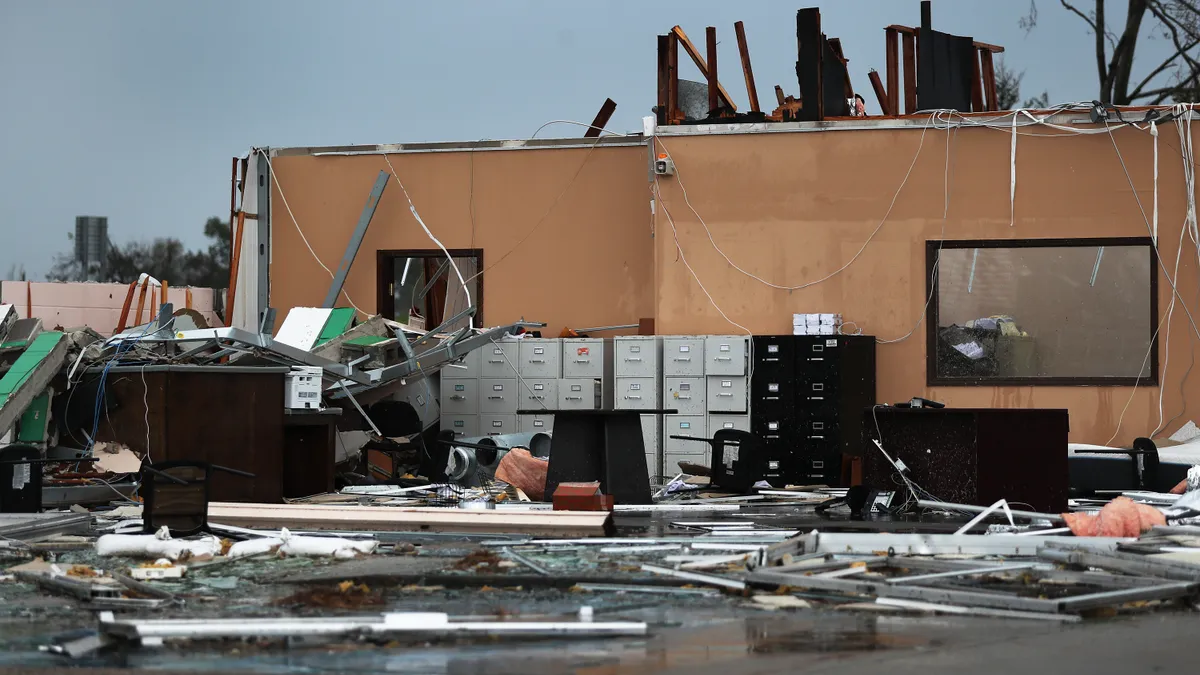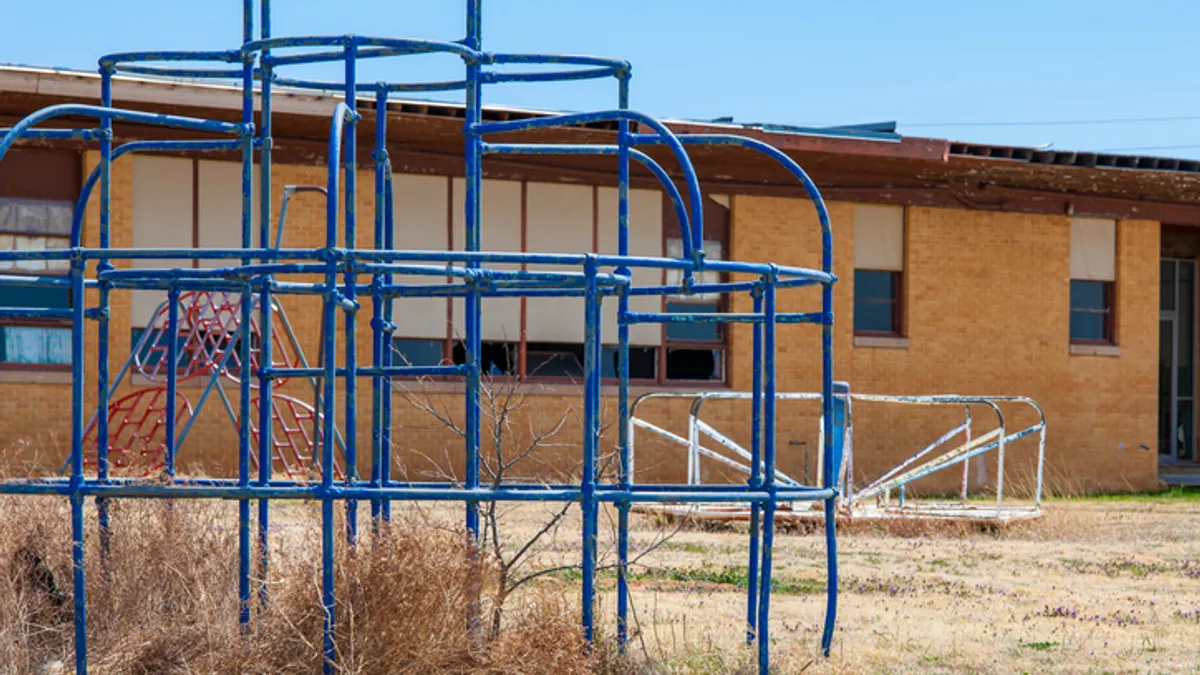Facility managers can take actions to limit common allergy triggers, according to Kenneth Mendez, CEO of the Asthma and Allergy Foundation of America. Millions of people in the U.S. are affected by allergic disease, including asthma, the foundation says.
“You need air conditioning systems with a minimum of a MERV-13 filter,” Mendez said in an interview. “That would improve the indoor air quality and filter out some of the fine particulate matter. Good air filtration and air turnover [are] really important for people with asthma and allergies.”
AAFA is working on policy initiatives to establish MERV-13 filtration and IAQ standards in schools, Mendez said. “Asthma is a top reason for missed school days,” he said. Those standards could eventually serve as a model for commercial buildings, he added.
Improving and maintaining indoor air quality are going to improve the health and well-being of everybody, whether they have allergies or not, according to Tony Abate, vice president and chief technology officer at AtmosAir Solutions. “It doesn’t need to be a costly endeavor. It’s actually something that, in the long run, will save costs,” Abate said in an interview.
For people with compromised respiratory systems, bad weather presents its own challenges. Rainwater promotes the growth of mold, while wind can spread fine particulate matter that can trigger asthma attacks, according to Mendez.
Pests, mold and mildew could all be allergy and asthma triggers. Cleanliness and humidity control are key to containment, Mendez said. Ensuring things are clean will reduce “rodents or cockroaches,” and “keeping the humidity level in the 40% to 50% range” will reduce mold and mildew, he said.
Carpeting can be an issue, too. It can trap materials that can trigger asthma and allergies. “Having more hard flooring … is a best practice recommendation for people who have asthma and allergies,” Mendez said. Further, “We tell people to use a HEPA vacuum cleaner for their homes … so it would be great if [commercial building] cleaning crews had something [similar],” he said.
Off-gassing — the emission of noxious fumes that can result from cleaning solutions — is another potential concern. “We’re used to having this concept of a ‘clean’ smell, [but] that can be irritating for people with asthma and allergies,” he said. AAFA administers a certification program to vouch that cleaning products, air purifiers, vacuums, floorings and other products are “asthma and allergy friendly.”
“One of the things we learned during [the COVID-19 pandemic] is that air circulation is really important,” Mendez said. He suggested building operators add carbon dioxide sensors to calculate air exchange rates and ensure that cleaning solution odors are properly circulated out.
Continuous monitoring of air circulation is the best course of action, Abate said, because ventilation patterns can change. “You can see things that are happening [in your air quality] and equate them to things that might be going on in the building,” he said. That gives you a chance to “stop a downward trend before it gets to a point where it’s out of control.”
For example, if you see humidity rising, Abate said, you can look at your building controls for pressurization and air flows.
“Are they on the correct balance?” he said. “Is there something going on that’s increasing that humidity? If it’s something that you’re not aware of [and] it gets out of control, now you’ve got microbial growth, and certainly something like mold can really be very invasive to a building and cost an extreme amount of money to remediate. It also puts that star on your building, that it has a [mold] problem.”
Intermittent air quality testing is better than nothing, Abate says. “Even if it’s once yearly air quality tests, or monthly, sometimes seemingly small problems can be stemmed early and not turned into much bigger problems,” Abate said. “That’s what I think building owners don’t understand sometimes about indoor air quality. It really can work for you.”


















